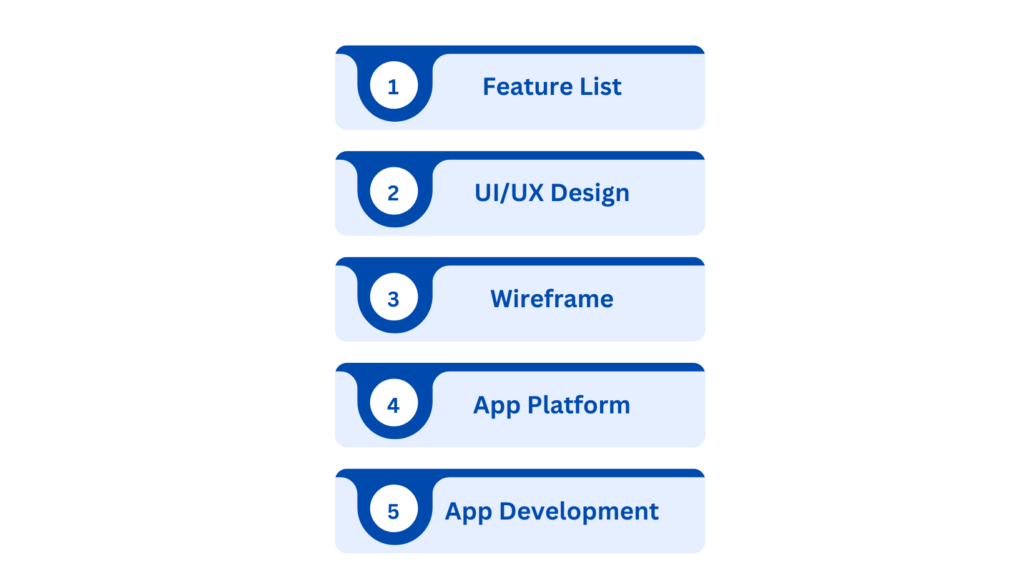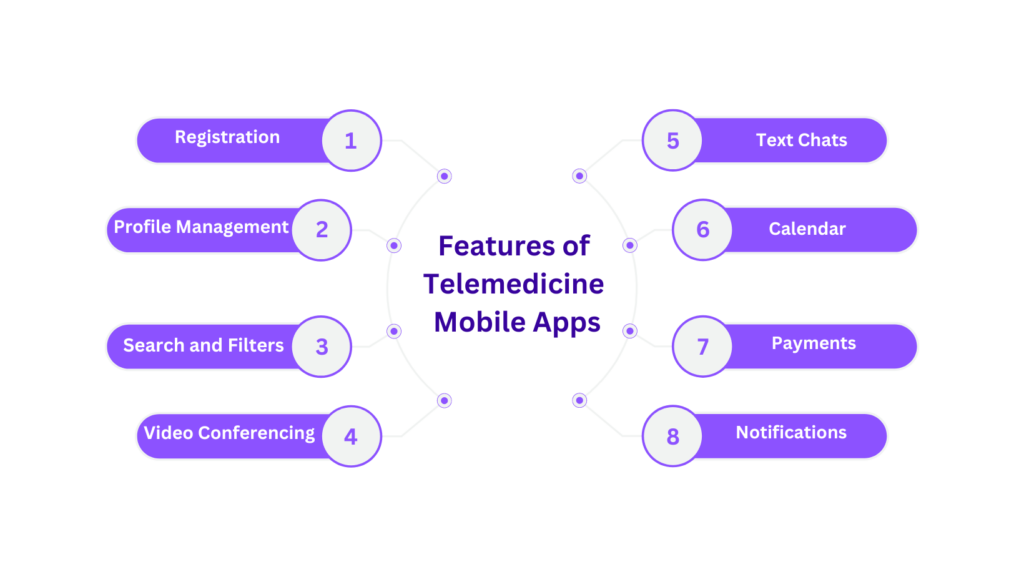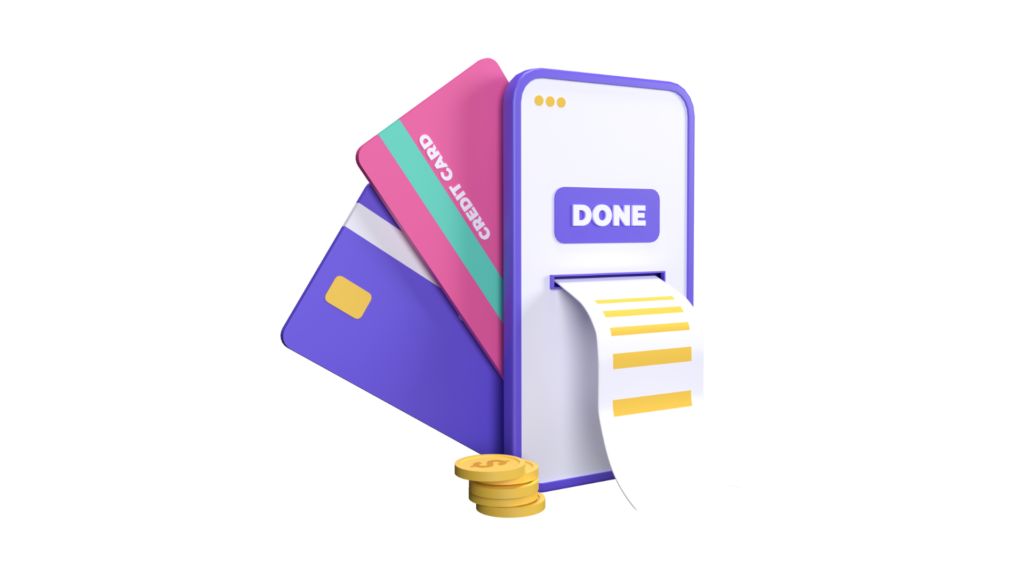The telemedicine sector has experienced significant growth in the digital healthcare ecosystem due to the COVID-19 pandemic. Facilitating the connection between patients and medical professionals has become exceptionally convenient.
A majority of healthcare providers, including doctors and hospitals in the United States, have integrated telemedicine programs into their businesses. The latest market statistics in this sector strongly support its widespread adoption.
Before delving into the various components of the overall cost associated with a telemedicine application, let’s examine the latest market statistics that underscore why investing in a telemedicine app represents a highly promising future option.
- In 2022, the global telemedicine market is valued at $87.8 billion, with an anticipated market share reaching $559.52 billion by 2027.
- A projected more than 38% of patients are expected to seek remote care in 2022.
- Telehealth services are preferred by over 74% of patients in the United States.
- The telehealth sector is forecasted to experience a Compound Annual Growth Rate (CAGR) of 35.18% from 2020 to 2029.
The global ascent of telehealth apps can be attributed to their widespread adoption and favorable reception by customers. The shift from in-person doctor visits to online medical care, initially prompted by the pandemic, has now solidified its position due to the following factors:
- Enhanced readiness among consumers to utilize telemedicine apps.
- A heightened willingness on the part of doctors and healthcare providers to embrace telehealth apps.
- Regulatory modifications facilitating access to and reimbursement for mobile telemedicine apps.
On one hand, telehealth applications have played a crucial role in enhancing the accessibility and affordability of healthcare for consumers, while on the other hand, the industry presents opportunities for entrepreneurs seeking to venture into this space.
According to the Rock Health Digital Health Funding Report, venture capital investments in the digital health sector amounted to $10.3 billion in the first half of 2022, contributing to the overall funding of $21 billion during that period.
The Popular Telemedicine Apps
Each of these telehealth apps is equipped with its unique set of features. Nevertheless, the common goal shared by these features and the apps is to facilitate accessible and real-time virtual care. Some apps leverage cutting-edge technologies, while others prioritize simplicity, allowing consumers to easily schedule appointments and utilize the services.
Here are the market valuations of the aforementioned telemedicine apps, providing a clear perspective on the scope of the digital healthcare market:
AmWell: $263.7 million
MDLive: $198.6 million
Dialogue: $172.2 million
Doctor On Demand: $820 million
Lemonaid: $102 million
The collective market share of these telemedicine apps effectively underscores the lucrative nature of the digital healthcare space. Now that you have a broad understanding of the telemedicine applications in the market, let us provide you with a rough estimate of the telemedicine app development costs.
How Much Does the Telemedicine App Development Cost?
Estimating the cost of developing a telemedicine app, a custom solution typically ranges from $40,000 to $200,000. Several factors influence the overall cost, including the integrated features, app complexity, UI/UX design, app prototyping, developer location and hourly rates, and the chosen app platform. In essence, the app’s complexity directly correlates with its associated cost – the more intricate the app, the higher the cost involved.
To enhance your comprehension of costs, we’ve classified telemedicine apps according to their complexity, providing development time frames and associated costs.
Total telemedicine app development cost = Total Hours Devoted to App Development Processes X Hourly Rate of Developers
With a preliminary understanding of telemedicine software or app costs, let’s delve into the discussion of various factors influencing the overall cost.
Factors Affecting the Telemedicine App Development Cost
To ascertain the exact cost of a telemedicine app, it is essential to grasp the multitude of factors that can impact it. From an extensive list of features to considerations such as location and hourly development rates, these factors can significantly influence the app’s pricing. A strategic understanding of these factors can empower you to make informed financial decisions while concurrently mitigating potential risks.

1. Feature List
The comprehensive feature set of a telemedicine app plays a crucial role in determining its overall cost. For instance, a basic telemedicine app with minimal features and a straightforward admin panel may be priced in the range of $40,000 to $55,000. Elevating the number of features and functionalities can have a proportional impact on the total cost of telemedicine apps. In essence, the greater the integration of features, the higher the associated development cost.
2. UI/UX Design
An interactive UI/UX design has the potential to enhance user engagement and ensure user retention for the app. An aesthetically pleasing UI design undergoes thorough testing parameters to align with the essence of the brand. Consequently, the cost of telemedicine software may escalate if there is a desire to provide users with a seamless interface and an appealing app design.
To gauge the impact of the design process on the cost of a telemedicine platform, you must address questions such as:
- Is your app concept distinct, or does it share similarities with existing market apps?
- Does your product already possess a digital identity?
- Are you seeking to develop an app from the ground up?
- Alternatively, are you looking to enhance or upgrade your existing app?
3. Wireframe
Wireframe costs often come into consideration when opting for custom telemedicine app development solutions. Creating a telemedicine app from the ground up necessitates an architectural blueprint of the entire development process, commonly known as a wireframe.
4. App Platform
The selection of the foundational iOS or Android platform can influence the total cost of developing an Android app, a telemedicine platform for doctors. Developing an Android app tends to incur higher costs than an iOS app, given the expansive user base of the former. For budget optimization, our usual recommendation is to initiate development for a single platform. As the app garners market traction, transitioning to a cross-platform app tailored to specific requirements becomes a viable option.
5. App Development
Determining the costs of developing a telemedicine app involves calculating the total coding hours. By multiplying the hourly rate of developers with the coding hours, you can gain insights into the development cost. Additionally, the composition of the development team can have an impact on the overall cost of telemedicine software.
Location of the Telemedicine App Development Company:
The geographical location of the healthcare application development services provider also plays a role in determining the overall app development costs. Opting to outsource your project to a company in Asia, for example, will result in a lower hourly rate for telemedicine app developers compared to the hourly development rates in the US or Europe.
1. Team Size
The size of the team employed is another factor impacting the cost of telemedicine app development solutions. A proficient team, encompassing project managers, developers, designers, quality analysts, etc., equipped with substantial experience, can deliver a telemedicine app that distinguishes itself from competitors. Opting for a comprehensive development team may elevate the app’s cost, but it ensures a more substantial growth trajectory for your business.
Developing a white-label telemedicine app necessitates a team consisting of:
- 1 Project Manager
- 2 Backend Developers
- 2 iOS/Android Telemedicine App Developers
- 1 Designer
- 1-2 Quality Analysts
2. Maintenance
The final stage involves compiling maintenance costs for the app, which are added to the overall development cost. Maintenance expenses may encompass tasks such as:
- Adapting the app to support a new platform.
- Incorporating updates based on new requirements.
- Adjusting to changing marketing trends.
3. Tech Stack
A crucial determinant affecting the overall cost of a telemedicine app is the chosen tech stack. An efficient tech stack, capable of accommodating a substantial user base while providing an optimal user experience, is essential. Consequently, the greater the number of technologies integrated into the app, the higher the associated cost.
Developing an MVP: Optimising the Cost of Telemedicine App Development
MVPs provide a cost-effective means of evaluating the app’s value to users without incurring additional expenses. It stands as one of the most favored approaches for optimizing the overall cost of developing a telemedicine app.
Building an MVP yields a functional prototype of the app that is ready for testing. This development phase encompasses:
- A design ready for implementation, incorporating all key features.
- The software architecture.
- An app that can be tested by real users.
Now, let’s explore the breakdown of the time required, categorized in hours, typically needed to build the MVP of a telemedicine application.
After testing your MVP, the next step is to transform it into a fully developed app. The cost at this stage is contingent on various factors:
- App versions – doctor, patient, hospital, admin, etc.
- Deployment platform – mobile, desktop, or both.
- Technologies employed – AI, Blockchain, IoT, etc.
- The intricacy of the design.
- The complexity of the feature set.
- The geographical location of the development agency.
Opting to create a sophisticated, feature-rich telemedicine application with advanced technological integrations, designed to accommodate multiple functionalities, may incur development costs ranging from $150,000 to $200,000. The average development timeline can span between 3 to 12 months. I invite you to schedule a call to delve deeper into the details of your telemedicine project.
Must-have Features of Telemedicine Mobile Apps
Curious about the process of developing a telemedicine app? Allow us to assist. When collaborating with a telemedicine mobile app development company for healthcare applications, you’ll have two interfaces – one for the patient and one for the physician.

1. Registration
The registration feature is fundamental to any telehealth application. Patients have the option to sign in using their email or third-party applications like Google or Facebook login. However, prioritizing data security, it is advisable to incorporate multi-factor authentication into the application.
2. Profile Management
The subsequent step for a user involves setting up their profile. In the case of patients, their profile may include basic health information, known health conditions, and treatment history. For the telemedicine platform tailored for doctors, the profile can encompass details such as their professional experience, contact information, and the hospital they are associated with.
3. Search and Filters
In telehealth apps, patients utilise search algorithms to locate suitable doctors. This feature enables them to search for doctors based on factors such as locality, preferred language, specialty, availability, and consultation fees.
4. Video Conferencing
Video conferencing is a pivotal feature in the development of telemedicine mobile apps and a significant determinant of the overall cost of a telemedicine platform. High-quality video transmission is crucial to enable physicians to observe symptoms effectively. At Digiatto IT Services, our telemedicine app developers employ streaming protocols such as WebRTC and RTMP to facilitate smooth and seamless video chats.
5. Text Chats and Voice Calls
Text chats and voice calls are preferred by users for brief consultations within telehealth mobile apps. Enhancing this feature involves enabling users to attach photos and files containing their medical data. As a telehealth app development company, it is crucial to prioritise the security of the platform, ensuring it is hack-proof and compliant with HIPAA guidelines.
6. Calendar
The registration feature is fundamental to any telehealth application. Patients have the option to sign in using their email or third-party applications like Google or Facebook login. However, prioritizing data security, it is advisable to incorporate multi-factor authentication into the application.
7. Payments
The streamlined processing of payments is another crucial feature in healthcare telemedicine applications. As the owner of a telehealth app, you have the option to either establish your payment mechanism or leverage a third-party payment app. It’s important to note that developing your payment model may elevate the cost of telemedicine software while opting for a third-party solution tends to keep costs lower. At Digiatto IT Services, we integrate robust payment gateways into your app, including industry-recognized options like PayPal, Stripe, and Braintree.
8. Notifications
a consistent feature for both patients and doctors within a telemedicine app, serve to alert them about upcoming appointments, new text messages, or notifications for missed video/voice calls, and payment statuses. For push notifications, we typically utilize the Firebase Cloud Messaging platform.
How to Monetize a Telemedicine App?
Telemedicine apps serve as a vital link between patients and doctors, but it’s essential to approach it from a business perspective and explore strategies to generate revenue from your app.
1. Fees
One prevalent method of monetizing a telemedicine app is through fees. Similar to the Doctor On Demand app, which imposes a 25% fee on patients for accessing app features like doctor consultations, you can incorporate a fee structure into your app as well.
2. Subscription
You can consider adopting a membership model, allowing patients to subscribe to the application on a monthly basis. They would pay for access to various feature sets at a discounted rate. Additionally, you can offer your product as a software-as-a-service, forming partnerships with corporations to cater to the healthcare needs of their employees.
3. Advertisements
Business owners often monetize their interactive app space by featuring advertisements relevant to their niche. Once your app gains traction and retains users, you can generate revenue through generic advertisements displayed within your network.
How Can Digiatto IT Services Help?
Digiatto IT Services is a premier organization specializing in the development of telemedicine applications for healthcare, ensuring a guaranteed return on investment (ROI). Our expertise spans from assessing the precise cost of a telemedicine app to navigating the intricacies of its features and their potential to drive user engagement. Our healthcare application development services are a testament to our commitment and proficiency. If you have a telemedicine app idea, reach out to us, and our team will expedite its realization.
We have recently created YouCOMM, a groundbreaking healthcare platform—a multi-request format app designed to facilitate communication between in-hospital patients and nurses, enhancing efficiency in patient-caregiver interactions.
One of our healthcare applications, Health-e People, has played a pivotal role in unifying the fragmented healthcare industry. This app empowers users to oversee comprehensive healthcare records and contributes to advancing scientific efforts in finding solutions to healthcare issues.
FAQs
Q. What is the estimated cost range for developing a custom telemedicine app?
A feature-rich app may cost between $80,000 to $200,000, while a simpler version with basic features and straightforward UI/UX design could range from $40,000 to $55,000.
Q. What are the fundamental elements incorporated in the(MVP) of a telemedicine app?
The MVP typically includes a mobile or web platform, adherence to HIPAA Compliance, distinct panels for patients, doctors, and administrators, integrated payment gateways, along with video and text chat capabilities.


